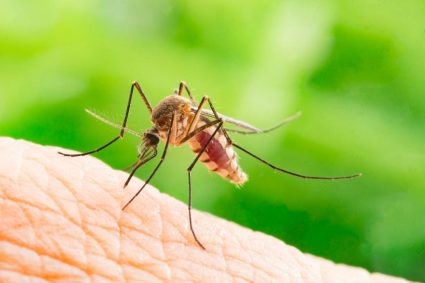
Bats, fascinating creatures of the night, are known for their unique ability to navigate and communicate using echolocation. However, have you ever wondered if there’s a particular sound frequency that bats dislike or even hate? This article delves into the intriguing world of bat communication, exploring how certain frequencies affect them and whether these can be used to deter bats from specific areas.
Bats do not universally hate a specific frequency. However, they tend to avoid continuous jamming tones in the range of 18-32 kHz and high-frequency sounds above 20 kHz that interfere with their echolocation system. It’s important to note that using such frequencies to deter bats may not be effective for all bat species and could potentially disrupt their behavior.
Understanding Bat Echolocation
Bats emit high-frequency sound pulses and listen to the echoes that bounce back to navigate their environment and locate prey. Their audible frequency range can vary greatly, from 9 kHz to 200 kHz, depending on the species. However, their most sensitive range is narrower, approximately 15 kHz to 90 kHz.
How Does Frequency Affect Bat Behavior?
The frequency of sound plays a crucial role in bats’ behavior, particularly their echolocation abilities. Bats can adjust their echolocation calls in response to various factors, such as the presence of conspecifics (members of the same species), environmental conditions, and competition for prey.
For example, bats flying in groups often produce calls with different frequencies and temporal patterns than those flying alone. This adaptation aids each individual in segregating echoes of its own sonar vocalizations from the acoustic signals of neighboring bats.
Do Bats Dislike Certain Frequencies?
Bats do not generally show aversion to specific sound frequencies. However, they may change their echolocation frequencies to avoid interference from continuous jamming tones in the range of 18-32 kHz. They have also been observed to exhibit aversive behavior when exposed to radio frequency (RF) radiation associated with radar installations.
Using Frequencies to Deter Bats
Certain high-frequency sounds (above 20 kHz) can be used to deter bats. Ultrasonic bat-repellent machines, for instance, emit such high-frequency sounds that are audible to bats but not humans. However, using such devices may not be effective for all bats, as some may not be bothered by the sounds, while others may simply look for a quieter or less disruptive place.
Moreover, it’s important to consider the ethical implications and potential negative impacts on bats and other wildlife when using these devices. Repeated or inappropriate use of such frequencies can potentially disrupt bat behavior and negatively impact other wildlife.
Conclusion
In conclusion, while bats don’t universally hate a specific frequency, they tend to avoid high-frequency sounds that interfere with their echolocation system. However, using loud noises to scare bats away may not be the most effective or humane method for dealing with them. It’s better to focus on proper bat removal and exclusion techniques to ensure the safety of both humans and bats.
Understanding the intricate relationship between bats and sound frequencies not only gives us insight into the fascinating world of these nocturnal creatures but also helps us devise more effective and ethical strategies to manage bat populations in human-inhabited areas.
Frequently Asked Questions
What is echolocation?
Echolocation is a method used by bats and some other animals to navigate and find food in the dark. They emit high-frequency sound waves that bounce off objects in their environment, and by listening to the echoes of these sounds, they can determine the location and size of objects.
Are all bat species able to echolocate?
Most bat species are capable of echolocation, but not all. There are two main types of bats: microbats and megabats. Microbats typically use echolocation, while many megabats, such as fruit bats, rely more on their sense of sight and smell.
Can humans hear the sounds bats make?
Most bat calls are too high-pitched for humans to hear. Human hearing ranges from about 20 Hz to 20 kHz, while bat calls often range from 9 kHz to 200 kHz. However, some bat sounds, especially social calls, can fall within the range of human hearing.
Is it harmful for bats to be exposed to high-frequency sounds?
Bats are adapted to hearing and producing high-frequency sounds, so exposure to these sounds in itself is not necessarily harmful. However, continuous or overly loud high-frequency sounds can cause stress or disrupt their normal behavior.
Can bats cause damage to homes or property?
Yes, bats can cause damage if they roost in buildings or homes. They can leave behind guano (bat feces) and urine, which can stain and damage materials over time. In addition, their presence can potentially lead to health concerns for humans, such as rabies or histoplasmosis, a lung disease caused by a fungus found in bat guano.












